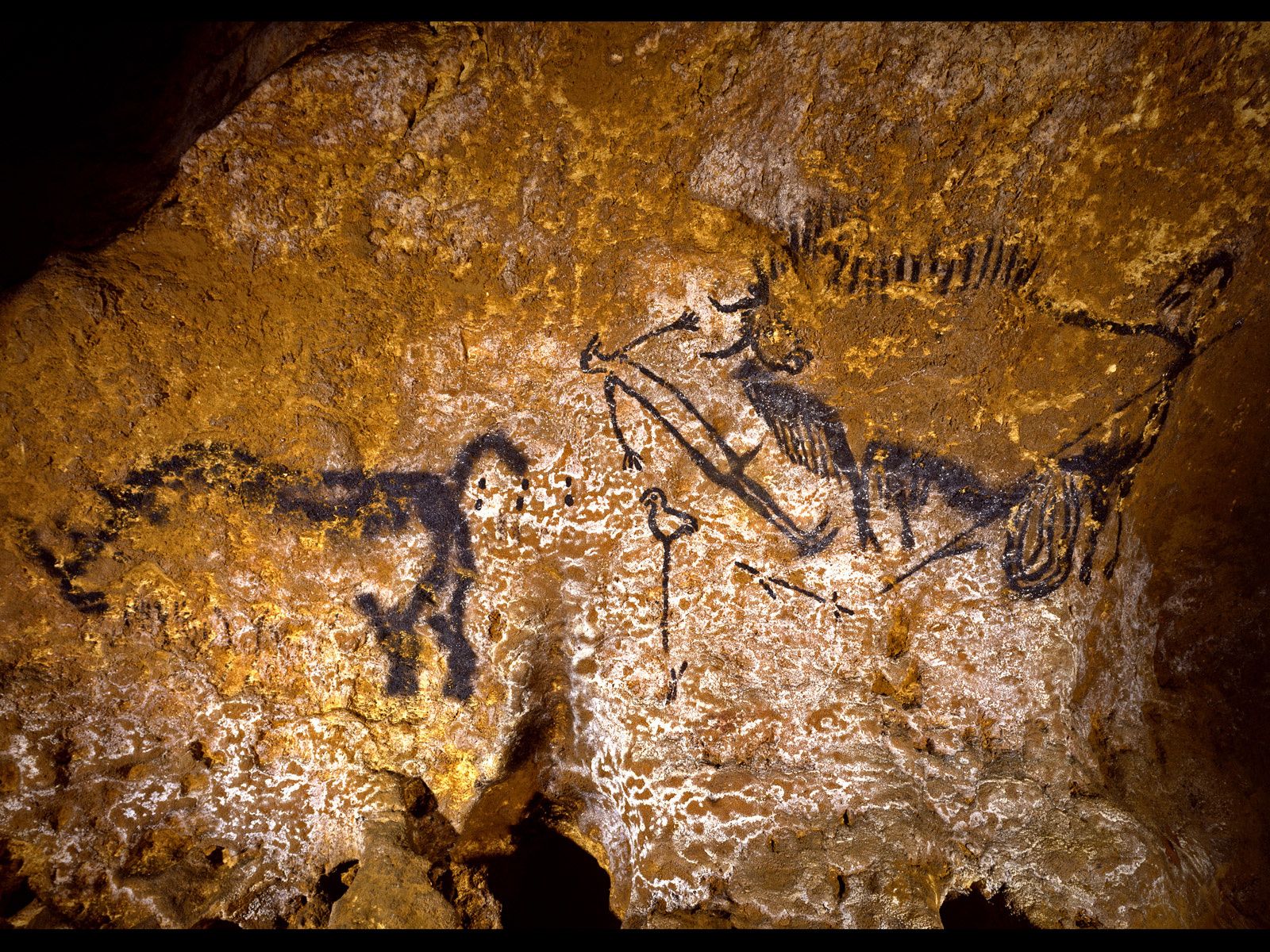Cave Paintings Suggest Ancient Humans Understood the Stars Much Better Than We Thought
Ancient humans appear to have understood far more than typically given credit for.
By David Grossman
Nov 29, 2018

MINISTÈRE DE LA CULTURE/CENTRE NATIONAL DE LA PRÉHISTOIRE/NORBERT AUJOULAT
Studying cave paintings from Turkey, Spain, France, and Germany, researchers have come to the conclusion that humanity's ancient ancestors were smarter than previously given credit for. These famed paintings were not simply decorative, a new study says—they represent a complex understanding of astronomy predating Greek civilization.
Going back 40,000 years, scientists now believe that ancient humans had the knowledge to keep track of time based on the movement of stars in the sky. They understood a concept called "precession of the equinoxes"—the idea that the Earth's movement was causing the changes of star location, not the stars themselves.
History generally credits this idea to Hipparchus of Nicea, a famed Greek astronomer who is "regarded by many historians as a scientist of the highest quality and possibly the greatest astronomical genius among the ancient Greeks," according to the Ancient History Encyclopedia. Several cultures, from China to Babylonia, discovered the idea independently.
Now it appears that Hipparchus was late to the idea as well, thanks to a new understanding of the cave paintings.
More:
https://www.popularmechanics.com/science/archaeology/a25350475/cave-paintings-suggest-ancient-humans-undersood-the-stars-much-better-than-we-thought/
